RadalyX Applications
A wide range of applications, all at micrometric level in 2D or even 3D image.
Aerospace
Automotive
Art
Medical field
ThyroPIX Project
The new generation mobile robotic imaging camera prototype for thyroid gland and small organs imaging
On the way into medicine
Robotic Computed Tomography - robots in the movement of the medical imaging future

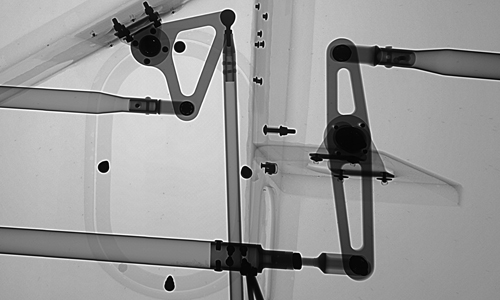

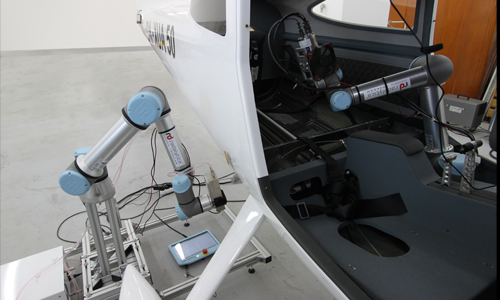
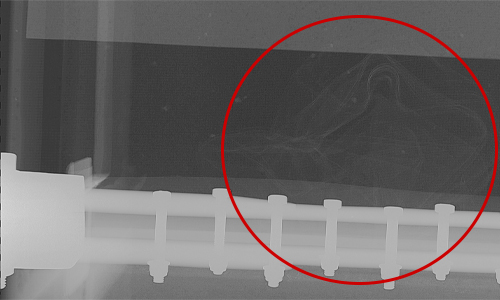
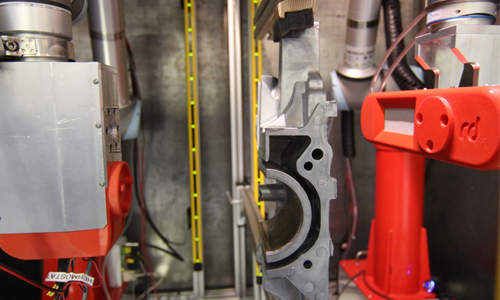
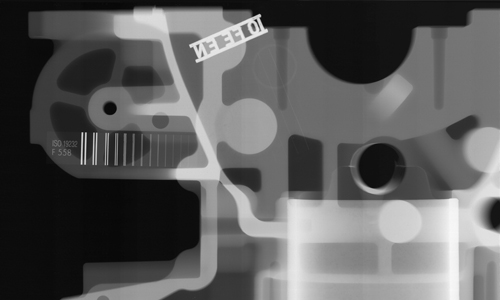
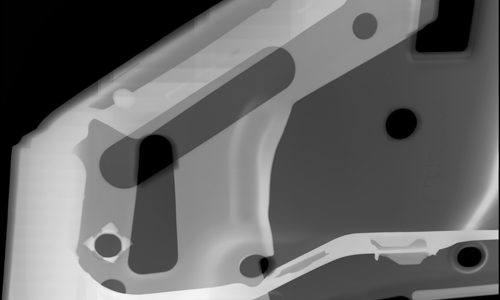
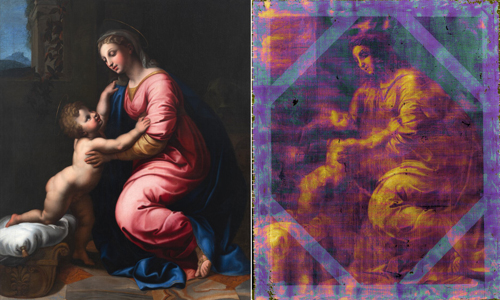
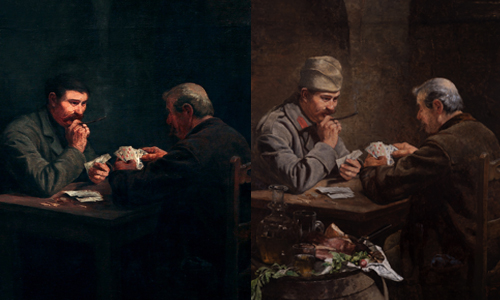
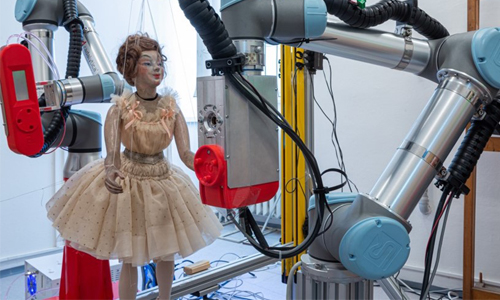
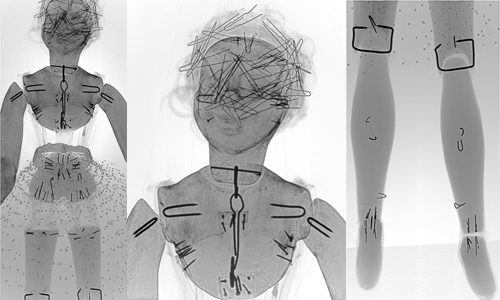


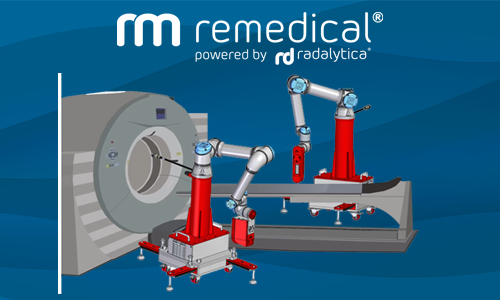
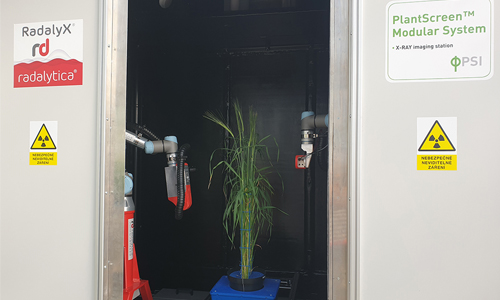
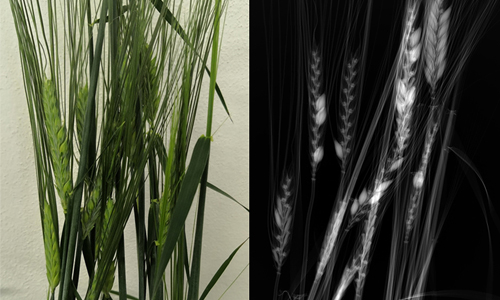
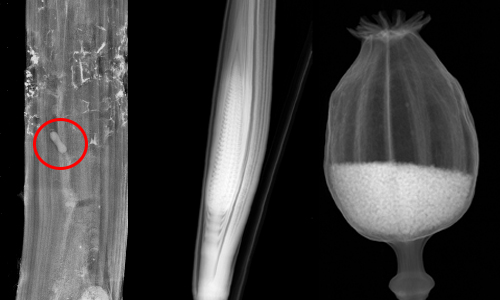
The robotic scanner for purposes of research on cancer treatment with ion beams on small animals (mice or rats)
Read More...